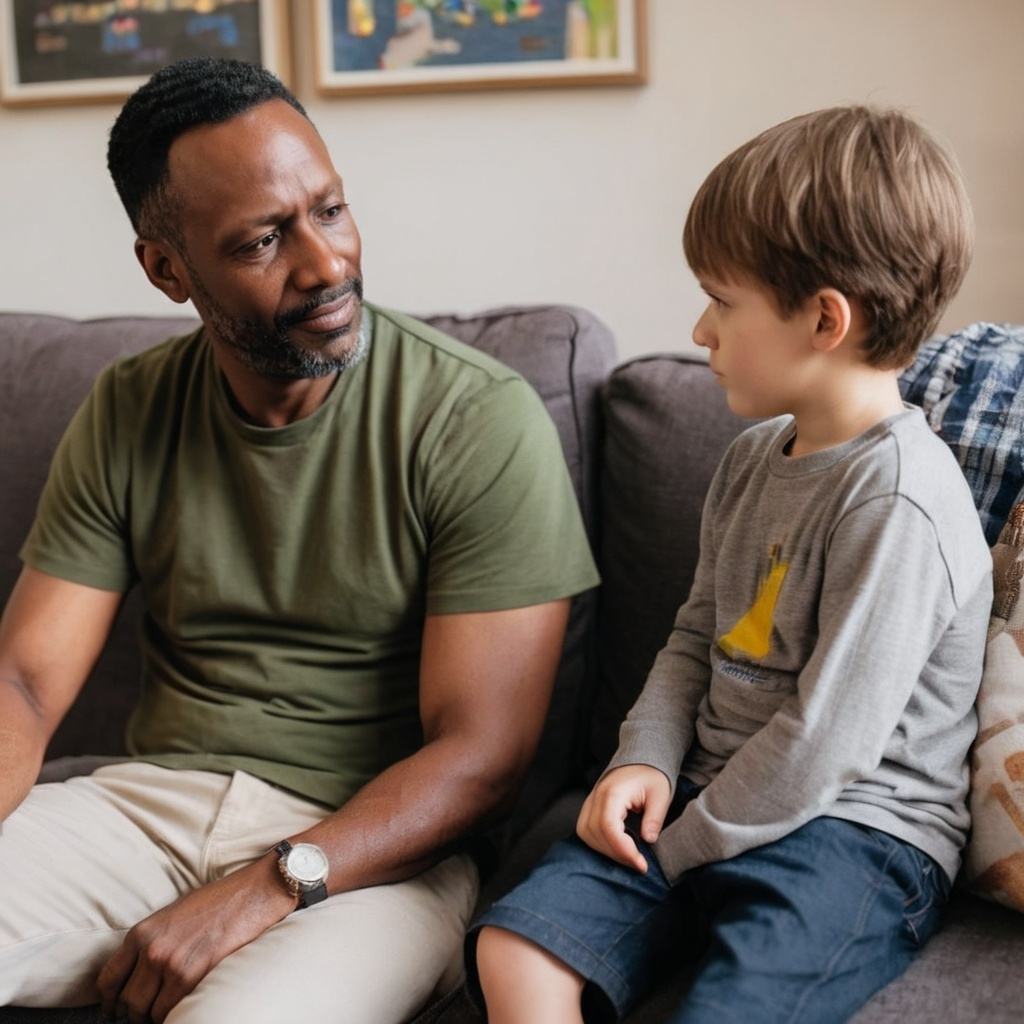Change is one of the pros or cons of life. I say [pros or cons] because change can sometimes be the best thing since sliced bread, but other times it can be quite daunting. As we get older and experience more change it becomes easier and easier to handle, but for someone experiencing it for the first time, it’s scary. When I had my accident, my world (and every aspect of it) changed in an instant. This was something that I have been navigating for over a third of my life.
For school-aged children, change can come in the form of moving to a new suburb, a different school, or adapting to changes in the family dynamic, change can stir a mix of emotions in kids. This is why equipping them with the tools to navigate these transitions, we can help them approach change with resilience and confidence.
Understanding Change
Firstly, it's important to understand that change can spark a range of emotions in children. From excitement to anxiety (the pros or cons), each child may respond differently to transitions. By being open to communication and creating a safe space for them to express their feelings, we can better understand their perspective and offer the support they need.
Here are three tips to help you explore this at home with your child:
- Communication: Communication is the key. Create a safe space for them to express their feelings about the changes they are experiencing. Encourage them to share their thoughts and emotions openly.
- Reassure them: Offer reassurance and validation of your child's feelings. Let them know that it's normal to feel a range of emotions during times of change and that you're there to support them through it.
- Model adaptability: Lead by example and demonstrate a positive attitude towards change. Show your child how you cope with transitions and emphasise the opportunities for growth and learning that change can bring.
Taking Responsibility for Responses
One of the most valuable lessons we can teach our kids is the importance of taking responsibility for how our children respond to change. By teaching them to understand that they are in control of their reactions, we can instil a sense of control and resilience. Encourage them to view change as an opportunity for growth and learning, rather than something to fear.
Here are three tips to help you explore this at home with your child:
- Teach problem-solving skills: Help your child develop problem-solving skills by encouraging them to brainstorm solutions to challenges they encounter. Guide them through the process of identifying options and considering the potential outcomes of their choices.
- Encourage self-reflection: Prompt your child to reflect on their reactions to different situations and consider how they can take responsibility for their responses. Help them recognize that they have the power to choose how they react to change.
- Praise effort and resilience: Acknowledge and praise your child's efforts and resilience in handling change. Highlight specific instances where they took responsibility for their responses and commend them for their positive attitude and perseverance.
Developing a Growth Mindset
A growth mindset is a powerful asset when it comes to navigating change. Encourage your child to cultivate a growth mindset by emphasising that challenges are opportunities for growth. Encourage them to embrace mistakes as learning experiences and approach new situations with curiosity and optimism. By reframing their mindset, they'll be better equipped to adapt to change and overcome obstacles.
Here are three tips to help you explore this at home with your child:
- Focus on effort over outcomes: Encourage your child to focus on their efforts and the process of learning rather than solely on achieving specific outcomes. Emphasise that mistakes and setbacks are opportunities for growth and learning.
- Provide opportunities for learning: Create a learning environment at home where mistakes are viewed as valuable learning experiences. Encourage your child to try new things and explore their interests, even if they may encounter challenges along the way.
- Use positive reinforcement: Reinforce a growth mindset by praising your child's efforts, progress, and resilience. Highlight their persistence and determination in the face of challenges, and celebrate their achievements, no matter how small.
Setting Goals for Adaptation
Setting goals can provide structure and direction during times of transition. Work with your child to set realistic goals that align with the changes they're experiencing. Whether it's forging new friendships, adjusting to a different routine, or mastering a new skill, setting (achievable) goals can give them a sense of purpose and control amidst change. Once they start to feel more comfortable, start to encourage them to set the bar a little bit higher and push the boundaries more. As with anything, the most growth is seen outside our comfort zone.
Here are three tips to help you explore this at home with your child:
- Collaborate on goal-setting: Involve your child in the process of setting goals related to the changes they are experiencing. Encourage them to identify areas where they would like to see progress or improvement and work together to establish achievable goals.
- Break goals down: Break larger goals into smaller, more manageable steps to make them less daunting for your child. Help them create a plan of action with clear milestones to track their progress.
- Celebrate achievements: Celebrate your child's progress and achievements as they work towards their goals. Recognise their efforts and successes and use positive reinforcement to motivate them to continue striving for growth and adaptation.
Developing Perseverance and Grit
Transitions often present challenges, but they can also offer opportunities if we look at them differently. Encourage your child to persevere in the face of adversity, reminding them that setbacks are a natural part of the learning process. Emphasise the importance of grit – the ability to persevere and maintain effort over the long term – as they navigate change.
Here are three tips to help you explore this at home with your child:
- Encourage the growth mindset: Foster a growth mindset, as described above, in your child by emphasizing the importance of perseverance and resilience in achieving their goals. Remind them that setbacks are temporary and that with perseverance, they can overcome any challenges they encounter.
- Provide support and encouragement: Offer your child emotional support and encouragement during difficult times. Let them know that you believe in their abilities and that you're there to support them every step of the way.
- Set a positive example: Serve as a role model for perseverance and grit by demonstrating resilience in your own life. Share stories of times when you faced challenges and persevered, and highlight the lessons you learned from those experiences.
Harnessing Support Systems
Finally, the most important part. Remind your child that they don’t need to navigate change alone. Encourage them to lean on their support systems – whether it's family, friends, or teachers – for guidance and encouragement. By promoting a sense of community and belonging, you'll provide your child with the support they need to thrive during transitions. Support can also come in the form of teaching your child the skills and mindsets to adapt to change.
Here are three tips to help you explore this at home with your child:
- Foster strong family connections: Cultivate a supportive and nurturing family environment where open communication and mutual respect are valued. Encourage regular family discussions where everyone has the opportunity to share their thoughts, feelings, and concerns.
- Build a network of trusted adults: Identify and nurture relationships with trusted adults in your child's life, such as extended family members, family friends, teachers, or mentors. These individuals can provide additional support, guidance, and perspective during times of change and transition.
- Encourage peer connections: Facilitate opportunities for your child to build positive relationships with peers who share similar interests and values. Encourage participation in group activities, clubs, or community organizations where they can connect with others and form supportive friendships. Additionally, teach your child the importance of being a supportive friend and how to seek help from peers when needed.
Once again, change is part of life and just like all the other aspects of life that we learn along the way, children have to be taught how to handle it.





